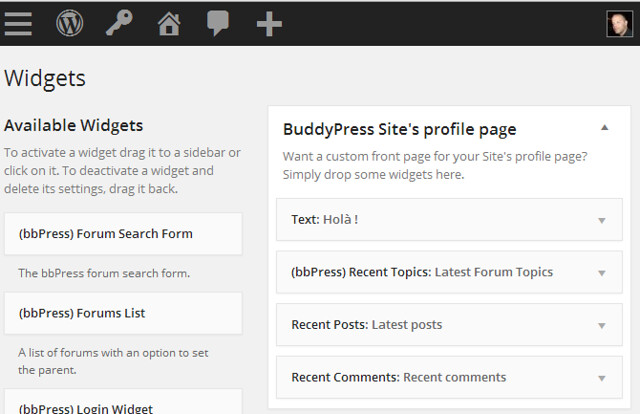Find a port forwarding preset. Many routers will have a drop-down menu with pre-configured options for well-known applications. If you need to open ports for one of these applications, select it from the 'Service Name' or 'Application' (or similar) drop-down menu and then save your changes by clicking Save (or similar).
Historically, I used ipfw from the command line to do port forwarding on my Mac. Unfortunately, as of Yosemite OS X 10.10 ipfw has been removed. (In all fairness, ipfw has been deprecated for some time but I continued using it because it was way easier than pfctl on the command line).
- Your Mac makes it easy to be entertained—from watching the latest shows on Apple TV+ to playing groundbreaking new games in Apple Arcade. Learn about media apps on your Mac To explore the macOS User Guide, click Table of Contents at the top of the page, or enter a word or phrase in the search field.
- To set up port forwarding for your Mac, you need to (a) determine your NAT type, (b) get a static IP address for your Mac, (c) determine your game’s port number and type, and (d) change your router’s NAT type. Determine your NAT type To see if your NAT settings are affecting your gaming, first determine your NAT type.

Command Line pfctl
pfctl seems to prefer configuration files to command line parameters, which I find frustrating. Fortunately, we can use command line pipes to work around this limitation.
Forward Port 80 and 443 with Mac pfctl Port Forwarding
You can copy and paste the following onto the command line.
Remove Port Forwarding
Display Your Current Port Forwarding Rules
Vagrant Port Forwarding with pfctl
As a WordPress developer, I use VVV for my virtual environment. By default, VVV does not expose the guest environment to other computers on your network. I address the general setup in Vagrant VVV Setup for WordPress Development. The port forwarding in Vagrant is accomplished using Vagrant triggers and these lines in my Customfile (or in your Vagrantfile if you’re not using VVV).
Feel free to view and download my full VVV Custom file for port forwarding.
Sal Ferrarello (@salcode)
Sal is a PHP developer with a focus on the WordPress platform. He is a conference speaker with a background including Piano Player, Radio DJ, Magician/Juggler, Beach Photographer, and High School Math Teacher. Sal can be found professionally at WebDevStudios, where he works as a senior backend engineer.I have manually confirmed that my port forward is working correctly*, but Transmission still reports that the port is closed. I'm running Mac OS X version 2.75 (13665), which the app tells me is the latest version.
Back To My Mac Manual Port Forwarding System
Is there a way to fix the detection?
Back To My Mac Manual Port Forwarding Number
 Does it matter - with the detection failing, is Transmission telling other clients not to bother trying to initiate connections to me?
Does it matter - with the detection failing, is Transmission telling other clients not to bother trying to initiate connections to me?* I manually verified connectivity by running netcat on my mac on the port I'm using, and then ssh-ing to a public server and telnetting back to that port on my mac. The connection was established, and whatever gunk I typed into the telnet session came out of netcat on my mac.
Thanks in advance for any help!
Back To My Mac Manual Port Forwarding Device
Back To My Mac Manual Port Forwarding Settings
**edit** In case it wasn't already obvious from my above post, this is with manual port forwarding, not upnp or nat-pmp. I explicitly manually forwarded port 36802 (and also 36804) on my Airport Extreme to my mac's current local DHCP IP. My Airport Extreme is running the latest software, and I have hard power-cycled it and rebooted my mac too.**edit 2x** - corrected Airport reference to both be Airport Extreme
